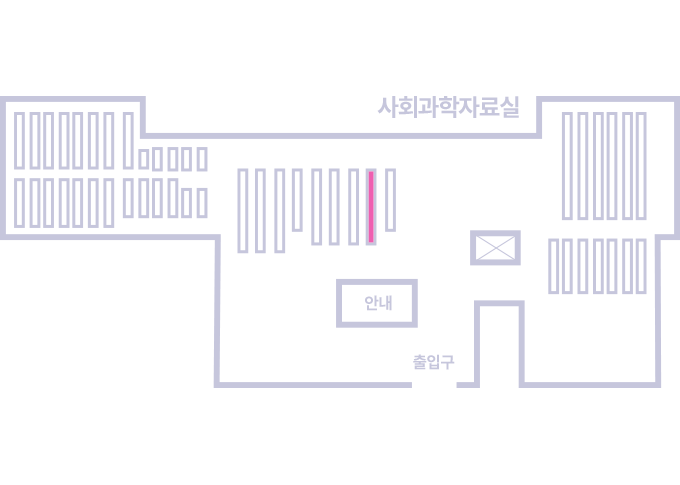권호기사보기
| 기사명 | 저자명 | 페이지 | 원문 | 기사목차 |
|---|
| 대표형(전거형, Authority) | 생물정보 | 이형(異形, Variant) | 소속 | 직위 | 직업 | 활동분야 | 주기 | 서지 | |
|---|---|---|---|---|---|---|---|---|---|
| 연구/단체명을 입력해주세요. | |||||||||
|
|
|
|
|
|
* 주제를 선택하시면 검색 상세로 이동합니다.
During the Goryeo Dynasty, there were many gods who were objects of faith and ritual for both the royal court and local residents in each region. Thus, the worship of these gods serves as a subject matter that reveals the religious sentiment of Goryeo society, the relationship between the central and local governments, and the ritual system. Previous studies on this topic have mainly focused on understanding the faith in these gods through a ritual code(祀典), but have failed to address the regional dimension of faith.
In this study, the worship of these gods is defined as “Samyoshinang (祠廟信仰)” and is analyzed by dividing it into either court-based worship or regional-based worship. In the court, gods who were believed to possess the ability to resolve national difficulties were listed in a ritual code; rituals were offered through the chegosa(祭告使) ritual. This was unrelated to the trends of the region where the gods were worshipped. Each region also constructed and operated its own ritual code, reflecting its own customs. The court sought to exert influence over these ritual codes through regional officials, but since the hyangni led their operation, the court’s influence was limited to a certain extent.*표시는 필수 입력사항입니다.
| 전화번호 |
|---|
| 기사명 | 저자명 | 페이지 | 원문 | 기사목차 |
|---|
| 번호 | 발행일자 | 권호명 | 제본정보 | 자료실 | 원문 | 신청 페이지 |
|---|
도서위치안내: 정기간행물실(524호) / 서가번호: 국내08
2021년 이전 정기간행물은 온라인 신청(원문 구축 자료는 원문 이용)

우편복사 목록담기를 완료하였습니다.
*표시는 필수 입력사항입니다.
저장 되었습니다.